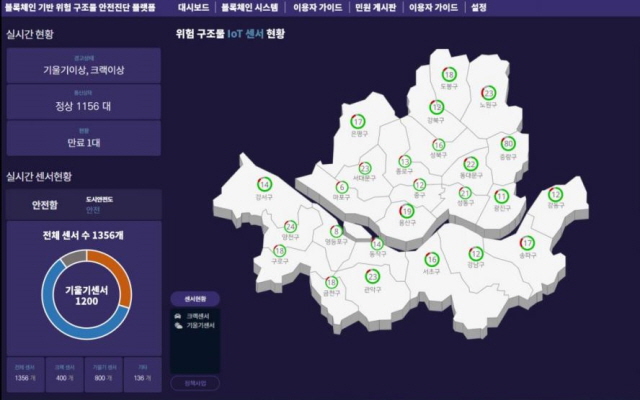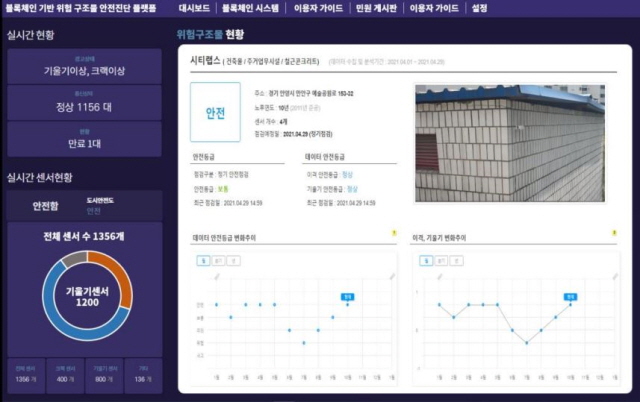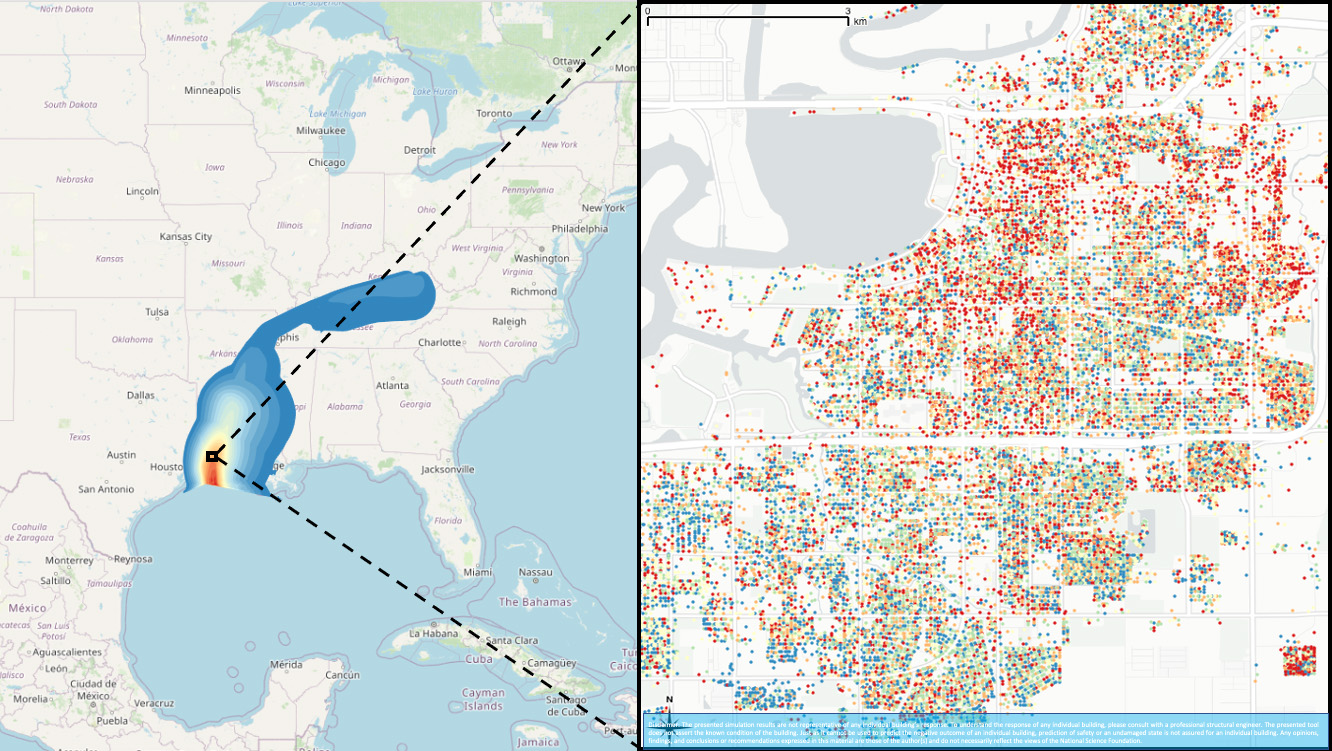
[ad_1]
Seoul will use Web of Issues (IoT) information and blockchain to repeatedly monitor older buildings.
At the moment, metropolis workers have to go to buildings to hold out security inspections, however the brand new system will mechanically ship alerts when dangers are detected.
The initiative will start with a 46-building pilot in December and from 2022 might be scaled as much as 824 buildings that are over 30 years outdated or deemed probably hazardous or vulnerable to disasters.
IoT sensors hooked up to partitions will measure, for instance, the slope and cracks of a constructing. The info might be saved and analysed by way of blockchain. Seoul Metropolitan Authorities says that the distributed ledger expertise will assist to make sure the accuracy of details about buildings, present “goal information” in case of disputes or accident investigations, and enhance safety.
Kim Seong-Bo, Deputy Mayor of Housing and Structure Headquarters, Seoul, stated: “By making use of main applied sciences in managing the protection of buildings, the SMG will form a dependable architectural administration for our residents.
“Consequently, we’ll enhance the predictability of security administration for personal buildings, and thus stop quite a few sorts of security accidents.”
Town stated the venture is the primary of its sort in South Korea.


AI and constructing security
In a separate constructing security venture within the US, researchers from the Computational Modeling and Simulation Middle (SimCenter) on the College of California, Berkeley have developed a set of instruments which use synthetic intelligence (AI) to mechanically establish options of buildings and calculate their dangers within the occasion of an earthquake, hurricane or tsunami.
Traits reminiscent of occupancy class, roof sort, basis elevation, 12 months constructed and variety of flooring have been just lately included into the BRAILS (Constructing Recognition utilizing AI at Massive-Scale) system.
BRAILS makes use of machine studying, deep studying and pc imaginative and prescient to extract details about the constructed setting from satellite tv for pc and ground-level photographs by way of Google Maps, and merges this with information from sources reminiscent of as Microsoft Footprint Knowledge and OpenStreetMap. The info can be fused with tax information, metropolis surveys and different data, and residents can add labelled information.
Inputting a metropolis or area into the CityBuilder software inside BRAILS mechanically generates a characterisation of each construction within the space.
The staff has examined the instruments with simulated earthquakes in San Francisco, and hurricanes in Lake Charles and Atlantic Metropolis.

Charles Wang, a postdoctoral researcher on the College of California, Berkeley and the lead developer of BRAILS, stated: “Our goals are two-fold. First, to mitigate the injury sooner or later by doing simulations and offering outcomes to decision- and policy-makers.
“And second, to make use of this information to shortly simulate an actual state of affairs – immediately following a brand new occasion, earlier than the reconnaissance staff is deployed. We hope near-real-time simulation outcomes may help information emergency response with better accuracy.”
| Dreamstime.com
[ad_2]
Source link





 Bitcoin
Bitcoin  Ethereum
Ethereum  Tether
Tether  XRP
XRP  Solana
Solana  USDC
USDC  Dogecoin
Dogecoin  TRON
TRON  Cardano
Cardano
Be the first to comment